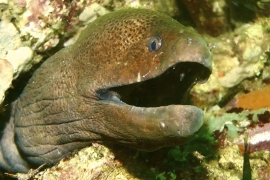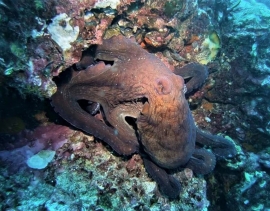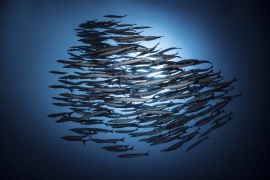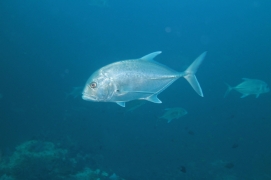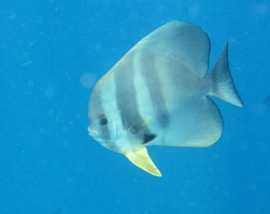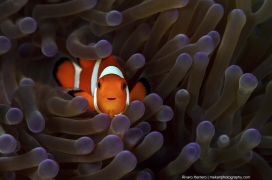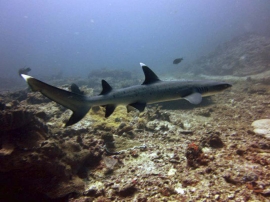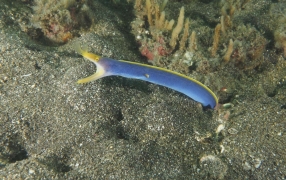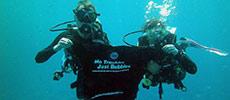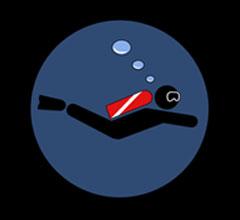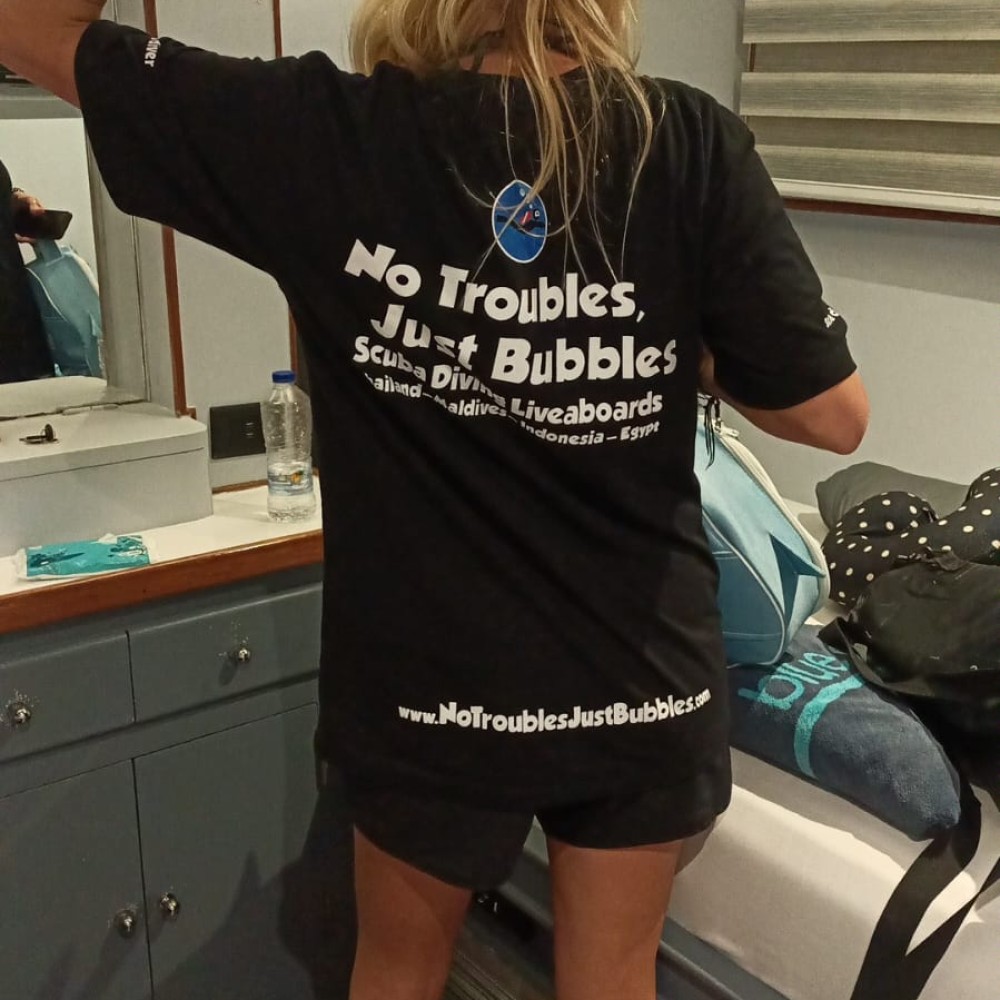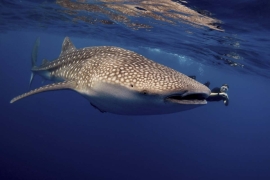
Gubal Liveaboard Diving
Known by some as Gubal Island and by others as The Strait(s) of Gubal, this area is ideal for excellent scuba diving in the north of Egypt's Red Sea, at the mouth of The Gulf of Suez. For more than 100 years, the area has been a busy shipping lane for vessels to pass through. Many ships sank after hitting reefs in The Straits of Gubal, making for some excellent wreck diving. There are also plenty of reef dives for all levels of scuba diver.
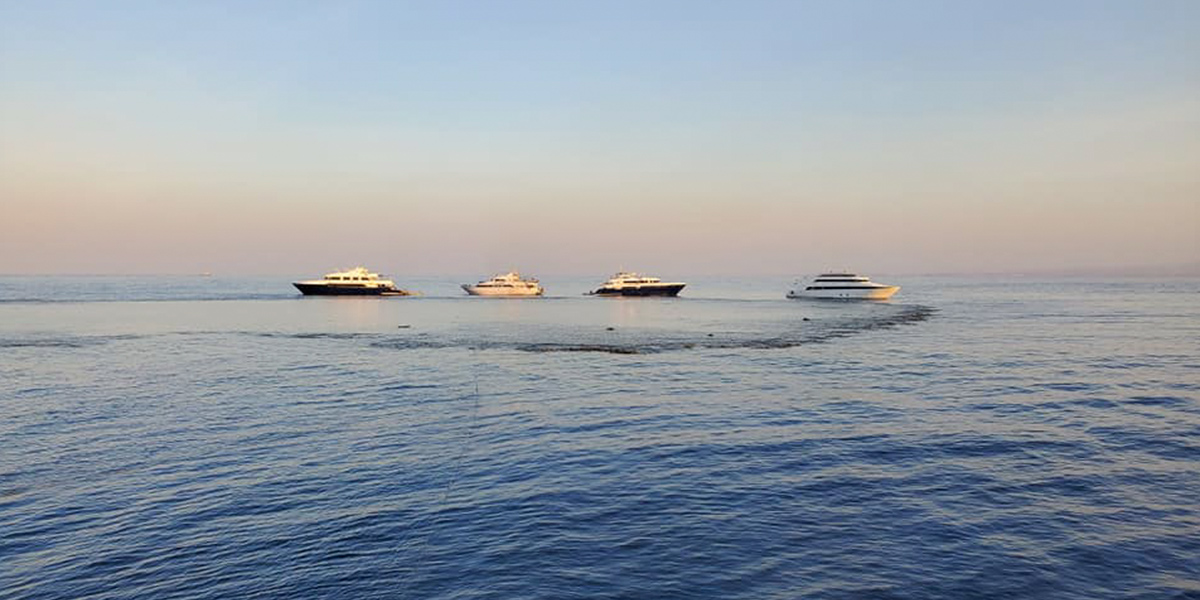
The Straits of Gubal is between Egypt's mainland and The Sinai Peninsula. The northern end of The Red Sea splits into two gulfs, which are Suez to the west and Aqaba to the east. The water becomes shallower, and the combined widths of the two gulfs' mouths are less than 50% as wide as the Red Sea in this area. Therefore, plenty of nutrient-rich currents flow through this area, attracting all shapes, sizes and species of marine life. Also, after the opening of the Suez Canal, the Gulf of Suez became an extremely-busy shipping lane. With shallow reefs and lots of ships passing through, accidents were common in the 19th & 20th centuries. There are more world-class diving wrecks here in Gubal than anywhere else on earth. There's also plenty of choice for how to get there, and how long to stay for, but Red Sea liveaboards offer the best experiences, and rates are incredibly-good value.
You can dive The Straits of Gubal on a day trip from Hurghada, but the 40km journey takes at least two hours each way, meaning you have a long day for just two dives. And two dives isn't enough to properly explore this area. In fact, you can spend two whole dives on just one of the wrecks! A liveaboard diving safari enables you to do up to four dives per day, including scuba diving early in the morning and at sunset or night. That way your cruise director can choose the best dive spots and avoid any crowded dive sites. Gubal has plenty to choose from, including the many healthy reefs around the islands, plus of course the wrecks that everyone comes for.
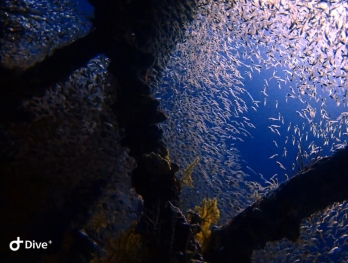 Gubal Wreck - Credit: Aida KaramesicBy far the most-famous wreck in The Red Sea and possibly in the world is SS Thilstlegorm, which is 22 kilometres north-northeast of Gubal Island. Also in a similar direction and distance is SS Dunraven, which is another great Red Sea diving wreck. Two more famous diving wrecks in the area are Ulysses and Rosalie Möller, and these are much nearer to Gubal Island, both within just 3km. As you can see, there is no reason to dive at The Straits of Gubal on a daytrip, when these waters are full of wrecks, and many of the wrecks are large enough to need two or more dives to properly explore.
Gubal Wreck - Credit: Aida KaramesicBy far the most-famous wreck in The Red Sea and possibly in the world is SS Thilstlegorm, which is 22 kilometres north-northeast of Gubal Island. Also in a similar direction and distance is SS Dunraven, which is another great Red Sea diving wreck. Two more famous diving wrecks in the area are Ulysses and Rosalie Möller, and these are much nearer to Gubal Island, both within just 3km. As you can see, there is no reason to dive at The Straits of Gubal on a daytrip, when these waters are full of wrecks, and many of the wrecks are large enough to need two or more dives to properly explore.
In addition to Thistelgorm, Dunraven and Rosalie Möller, to the southeast of Gubal island are the four famous wrecks of Abu Nuhas: Giannis D, Carnatic, Chrisoula K, & Lentil Wreck. Other wrecks in the area include Kingston, Carina, & Gubal Barge. It's so easy to spend a few days in this area before even diving a coral reef, and there are plenty of those around Gubal as well. In fact, the reefs are usually the reason that there are wrecks. This is often because captains came through The Gulf of Suez with full concentration and as they exited into The Red Sea proper they relaxed a little bit too early, maybe taking their 'eye off the ball' or handing over control to their First Mate. The rest is history, and sadly resulted in loss of life in most cases.
Water visibility is excellent all year round, and the temperature and weather allow for scuba diving year-round as well, although July to September are the most-popular months. Marine life is varied, healthy and there's something for everyone. Sharks and dolphins are commonly sighted in The Straits of Gubal. Some dive sites are suitable for all levels of diver, and others require deep or special training.
Conditions at Gubal
When to dive at Gubal
Weather and sea conditions allow you to dive The Straits of Gubal all year round. But February has noticeably cooler water & air temperatures, with July to September being the warmest. Underwater visibility remains good throughout the year.
What type of dive site is Gubal
Gubal is home to several dive sites, with something to please all divers regardless of their level and experience. Most notable are the world-class wrecks, but there are also plenty of healthy reefs here, too.
Where is Gubal?
Gubal is in the northern Red Sea on the western (Egyptian) side. Gubal Island is 49 kilometres north of Hurghada and 24 kilometres east of the nearest mainland. Its location at the mouth of The Gulf of Suez makes it a common place for shipwrecks in the 19th & 20th centuries.
How to get to Gubal
You can travel to Gubal by day trip from Hurghada, but journey times are quite long. The best way to enjoy the area is on a Red Sea diving liveaboard. This enables you to jump in when the dive sites are quiet, instead of being fixed to a limited schedule.
Who can dive at Gubal
There are lots of different dive sites around Gubal Island and The Straits of Gubal. Some are suitable for all levels of certified scuba diver and others need Advanced, Deep (40m), or even Technical Diver qualifications.
What marine life can you see at Gubal?
Although larger species of sharks and rays do pass by from time to time, you're more likely to see medium-size reef fish and smaller species of marine life than at dive sites further out at sea. Most divers come here for the famous wrecks, but the marine life is healthy, diverse and abundant around the wrecks & reefs. Sharks and dolphins can be seen at any time, so keep your eyes open.
Summary of Gubal
Diving The Straits of Gubal and Gubal Island is sure to be exciting whichever trip or time of year that you choose. The area is best known for its wrecks, some of which are quite deep. But the reefs and marine life here are also in excellent condition. There are plenty of dive sites and it's rarely too crowded even if several dive boats are in the area at the same time. It's common for Red Sea liveaboards to spend a whole day here either on their way northwest to Thistlegorm and Ras Mohamed or southwest to The Brothers, Daedalus etc.

